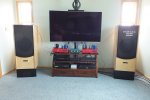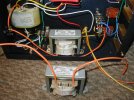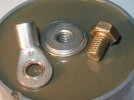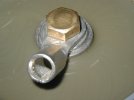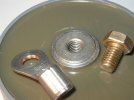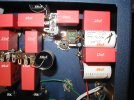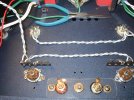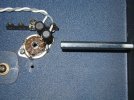I have used bypass capacitors in my monoblock but have used them hapazardly for values not considering the frequency / impedance curve. TBH I am unable to decode sound quality attributes using different values and hence gave up due to budget and time constraints for film capacitor purchases. Maybe one day I would start this activity all over again as this is so much fun.
Thanks for your insights Jeff. Appreciated.
Thanks for your insights Jeff. Appreciated.




